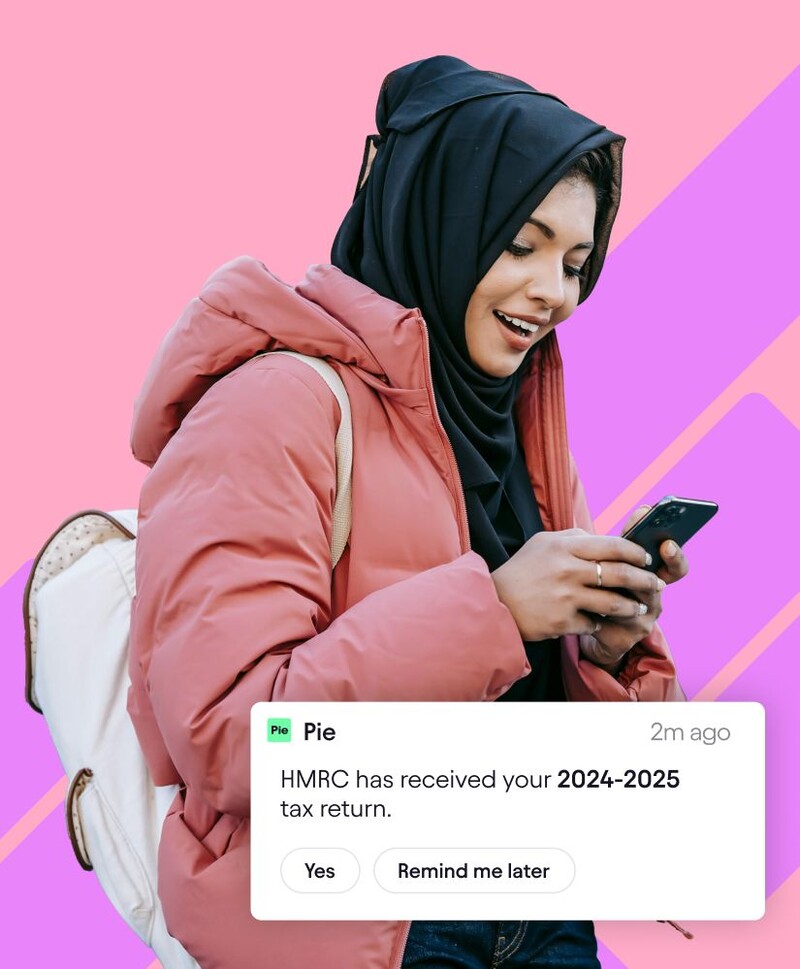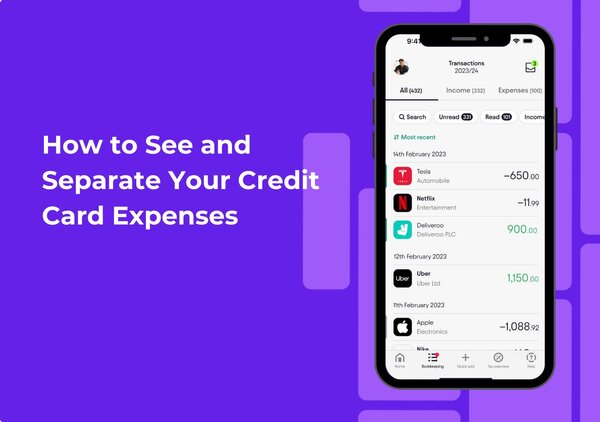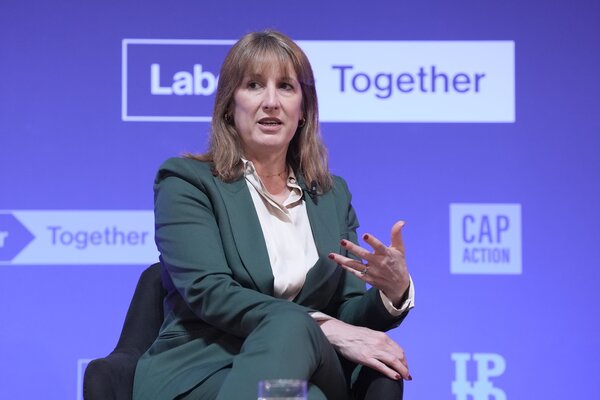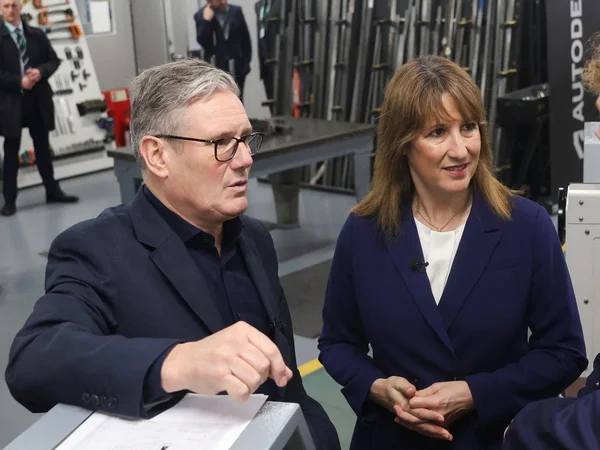Let’s Break This Down Together...
Feeling unsure about what HMRC digital record keeping actually means for you as a freelancer? Wondering how these new rules will change the way you handle your tax information?
This guide explains what digital record keeping is and how it fits into Making Tax Digital, and it walks you through the records you need to keep and the software you need to use. It also outlines the deadlines you must follow and the practical steps to stay compliant.
By reading this, you’ll understand exactly what HMRC expects and how digital systems can make your freelance life easier. Let’s dive in.
HMRC Digital Record Keeping for Freelancers: Your Essential Guide
The era of shoebox accounting is coming to an end for UK freelancers. HMRC’s digital record keeping requirements are transforming how self-employed individuals track, manage and submit their tax information.
The UK government is driving this move to digital record keeping through its Making Tax Digital initiative, aiming to modernise the tax system for freelancers and small businesses.
Understanding these digital requirements isn’t just about compliance. It’s about making your freelance business more efficient and reducing the annual tax return headache.
The good news? Digital record keeping can actually simplify your tax life once you’ve got the right systems in place.
What exactly is HMRC digital record keeping for freelancers?
Digital record keeping means maintaining your business income and expenses electronically rather than on paper. It’s a core part of HMRC’s Making Tax Digital (MTD) initiative being rolled out gradually across the UK tax system.
Currently, MTD is mandatory for VAT-registered businesses. From April 2026, it’s expanding to include Income Tax Self-Assessment (ITSA) for self-employed individuals with annual business income over £50,000. Tax digital for income and digital for income tax are part of the government's modernisation efforts, requiring digital record keeping for income tax purposes.
Those earning between £30,000 and £50,000 will follow from April 2027. The requirements include using compatible software that connects to HMRC systems. Choosing the right mtd software from approved software providers is essential for mtd compliance.
You’ll need to keep specific business records digitally and submit quarterly updates rather than just an annual tax return. Qualifying income above the threshold triggers the requirement to submit separate quarterly updates for each income source, with a quarterly update for each.
This aims to reduce the £8.5 billion tax gap from errors in submissions. Digital record keeping also streamlines the process of completing your assessment tax return and submitting accurate tax returns to HMRC.

Essential digital records you must maintain
At minimum, you’ll need to keep digital records of your income – all business sales, fees, additional income, and other income sources with dates and amounts. Business expenses must be categorised appropriately with dates and amounts too.
If you’re VAT-registered, you’ll need digital records of your VAT transactions. Bank transactions should be recorded and reconciled regularly, showing money flowing in and out of your business. All business income should be deposited into a dedicated bank account to simplify record keeping and reconciliation.
Asset purchases like computers or equipment need proper digital documentation for claiming capital allowances. I learned this the hard way when I couldn’t claim for a laptop because I’d lost the receipt!
For freelancers with income below a certain threshold, HMRC allows you to report consolidated expenses as a single total, rather than itemizing each category.
HMRC requires you to keep these records for at least 5 years after the 31 January submission deadline for the relevant tax year.
Choosing HMRC-compliant software
Not all accounting software meets HMRC’s requirements for MTD. You’ll need a solution that connects directly with HMRC via their API.
Look for features that make compliance easier: automatic bank feeds, receipt scanning capability, and built-in tax calculations. Options range from free basic tools to comprehensive paid solutions. Note that free HMRC software products do not include corporation tax functionality and are intended for small businesses with straightforward tax needs.
Mobile apps offer the advantage of updating records on the go. You can snap a receipt right after a client lunch and forget about it.
Whatever you choose, ensure it has robust backup systems and solid data security. Your financial information deserves proper protection.
Digital record-keeping deadlines you can't ignore
Under MTD for Income Tax (starting April 2026 for higher earners), you’ll need to submit quarterly updates within one month of each quarter end. These quarters typically run from April-June, July-September, October-December, and January-March. Each accounting period aligns with these quarters for the purpose of calculating and reporting taxable income and expenses.
Submissions are due by 5 August, 5 November, 5 February, and 5 May respectively. You’ll still need to submit a final declaration by 31 January following the tax year.
This final submission should be simpler as most information will already be in the system. VAT-registered freelancers already need to maintain digital records and submit VAT returns through MTD-compatible software.
Missing these deadlines can result in penalties, so setting calendar reminders is essential for your business.

Benefits of digital record-keeping for freelancers
Switching to digital record-keeping brings significant benefits for freelancers beyond just meeting HMRC’s requirements. By maintaining digital records, you gain a clear, real-time view of your income and expenses, making it much easier to track your financial data and stay on top of your tax affairs. This streamlined approach means you can quickly and accurately submit quarterly updates and your final declaration, reducing the risk of errors and last-minute stress.
Digital record keeping also empowers you to make informed business decisions. With up-to-date financial data at your fingertips, you can spot trends, identify areas to cut costs, and optimize your cash flow. Approved software often includes features like automated bank feeds and expense tracking, which save time and help you avoid missing deductible expenses.
Staying on top of your MTD obligations with digital records also means you’re less likely to face penalties for late or incorrect submissions. Ultimately, digital record keeping frees up more time for you to focus on your core business activities, giving you peace of mind that your tax affairs are in order and your business is running efficiently.
Final Thoughts
Digital record keeping isn't just an HMRC requirement – it's actually a better way to run your freelance business. With real-time visibility of your finances, you can make smarter decisions year-round.
The transition might feel challenging at first, but most freelancers report spending less time on tax admin once their digital systems are established. The initial setup pays dividends in time saved later.
Remember that compliance isn't optional – HMRC's MTD rollout will eventually reach all self-employed individuals. Getting ahead of the requirements makes good business sense.
Simplifying HMRC digital record keeping for freelancers
Getting your tax records in order shouldn't consume your valuable freelance time. Pie automates the most tedious parts of tax compliance with our smart, intuitive app.
Unlike traditional bookkeeping, we calculate your tax position in real-time, showing exactly what you'll owe with each transaction. No more tax bill surprises in January.
The app maintains HMRC-compliant digital records throughout the year. This future-proofs your freelance business against upcoming changes.
Curious how it works? Take a look at the Pie app to see how we're making tax simple for freelancers.











